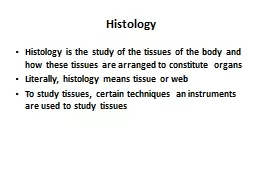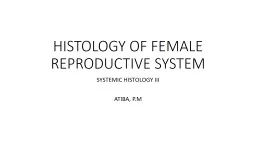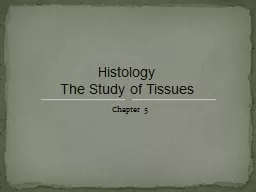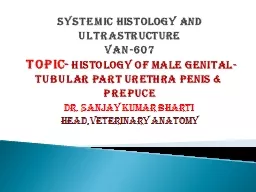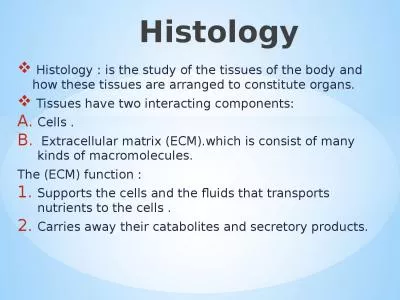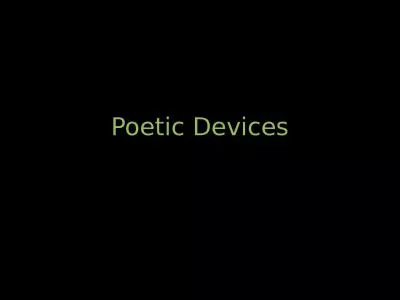PPT-Histology Histology is the study of the tissues of the body and how these tissues are
Author : danika-pritchard | Published Date : 2020-04-02
organs Literally histology means tissue or web To study tissues certain techniques an instruments are used to study tissues Tissue Preparation For conventional bright
Presentation Embed Code
Download Presentation
Download Presentation The PPT/PDF document " Histology Histology is the study of the..." is the property of its rightful owner. Permission is granted to download and print the materials on this website for personal, non-commercial use only, and to display it on your personal computer provided you do not modify the materials and that you retain all copyright notices contained in the materials. By downloading content from our website, you accept the terms of this agreement.
Histology Histology is the study of the tissues of the body and how these tissues are: Transcript
Download Rules Of Document
" Histology Histology is the study of the tissues of the body and how these tissues are"The content belongs to its owner. You may download and print it for personal use, without modification, and keep all copyright notices. By downloading, you agree to these terms.
Related Documents

